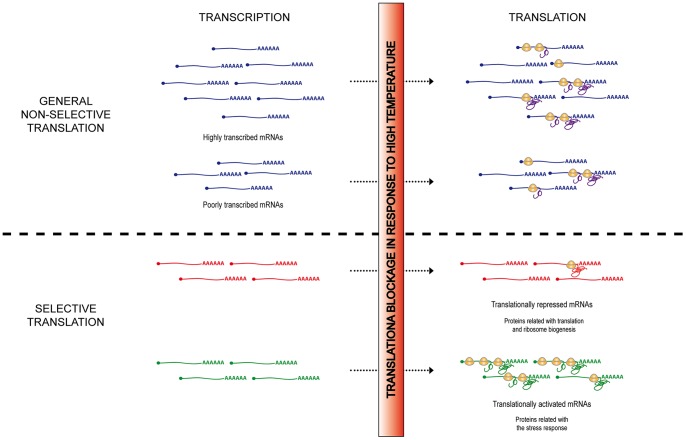Figure 8. Model for mRNA translation regulation under heat stress in Arabidopsis seedlings.
In response to high temperatures, translation is drastically inhibited. However, this translational blockage does not affect all the mRNAs equally. For the majority of the genes, a general and constant reduction in, approximately, a 50% in their loading to the ribosomes is observed (General non-selective translation). As selective ribosome loading is not exerted, the presence of these mRNAs into the polysomal fraction depends mainly on their abundance. Subsequently, for this group of genes, the final expression will be ultimately determined, although translational corrected, by the individual mRNA steady-state level. However, for a relevant group of mRNAs, selective ribosome binding is observed upon heat stress (Selective translation). Translationally activated mRNAs include genes involved in the establishment of the response to stress. In contrast, genes related to translation and ribosome biogenesis were translationally repressed. mRNAs form both differentially translated groups play a pivotal role in the maintenance of the cell homeostasis under stress conditions, suggesting an important role for the regulation of translation in the physiological response of plants to elevated temperatures. This model is focused on the regulation of transcription and translation under heat stress; however the possible involvement of other layers of regulation of gene expression in the final protein output should not be discarded.

